Checkpoint 1250E Series User manual













This manual suits for next models
3
Table of contents
Other Checkpoint Water Pump manuals
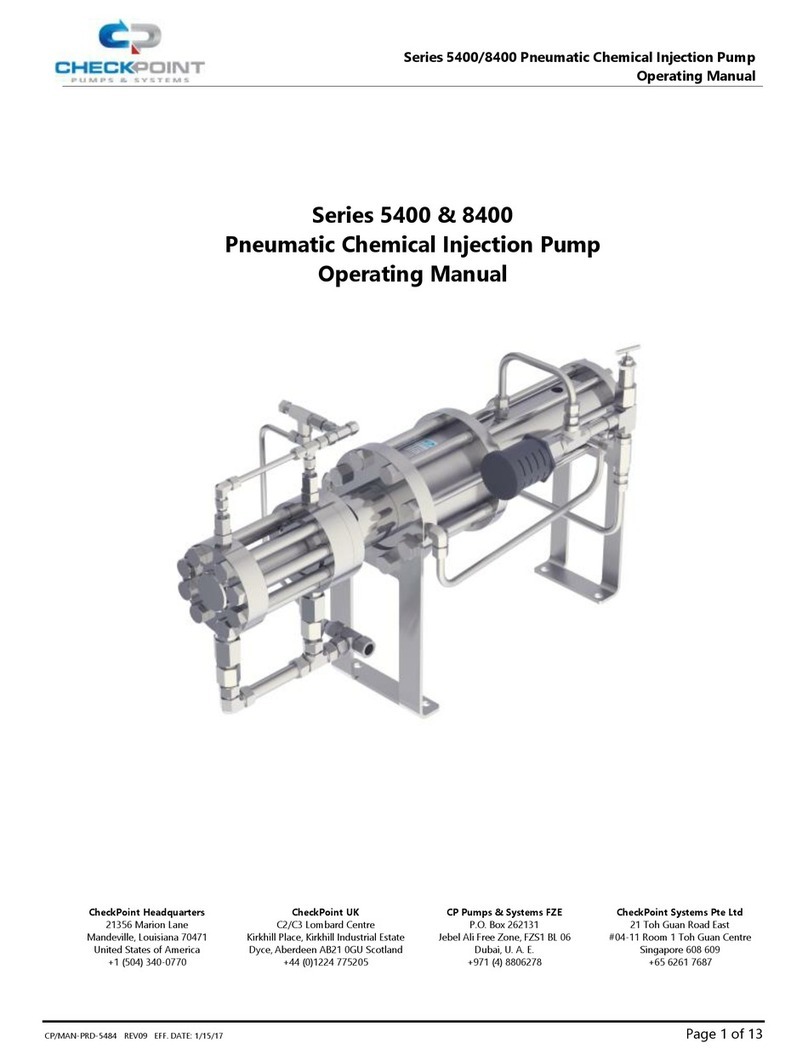
Checkpoint
Checkpoint 5400 Series User manual
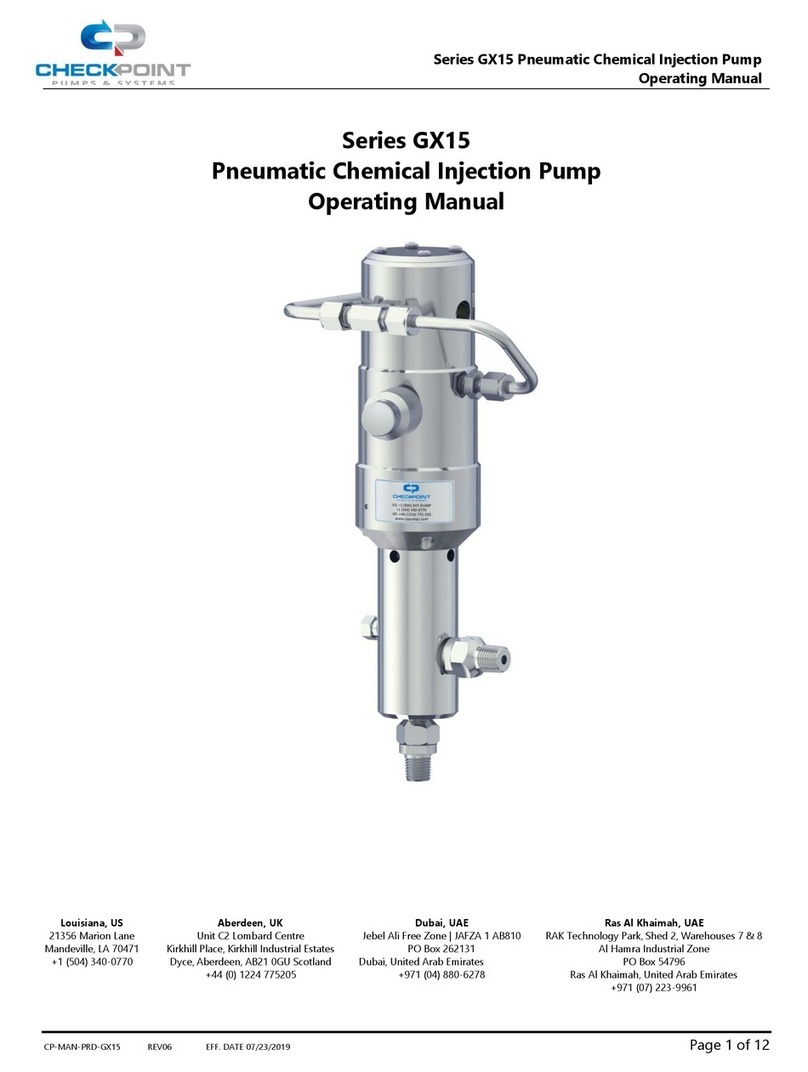
Checkpoint
Checkpoint GX15G11C3 Series User manual
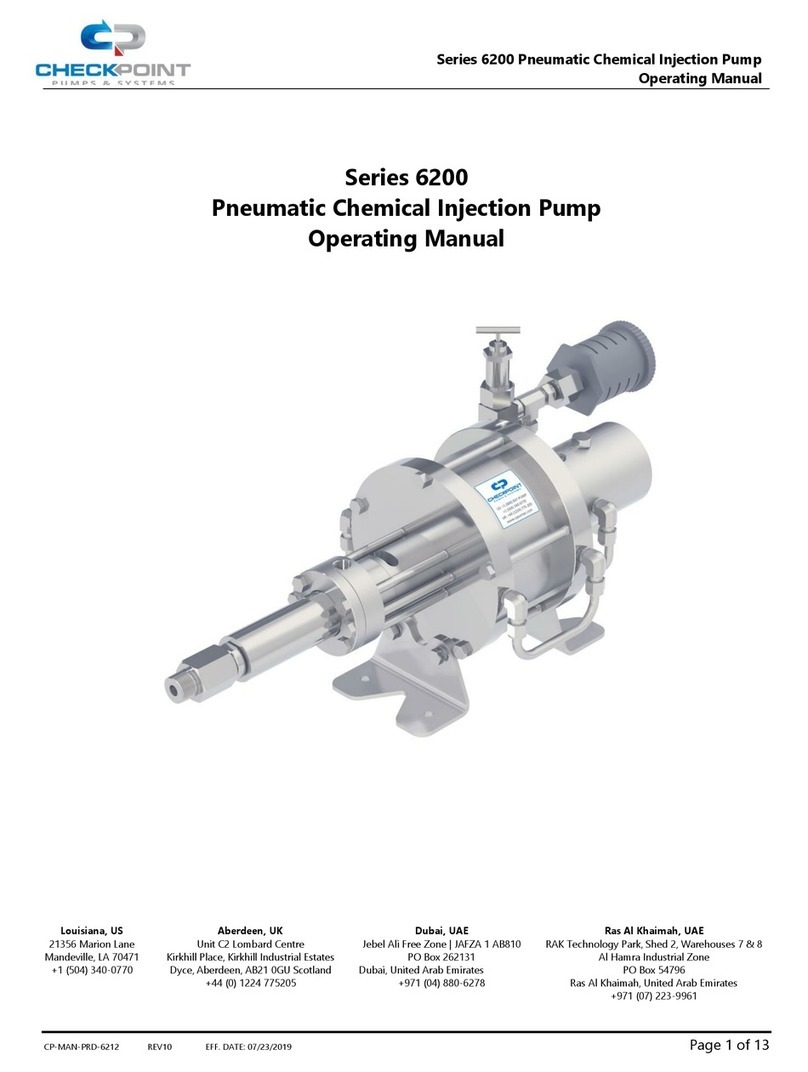
Checkpoint
Checkpoint 6200 Series User manual

Checkpoint
Checkpoint ATP Series Specification sheet
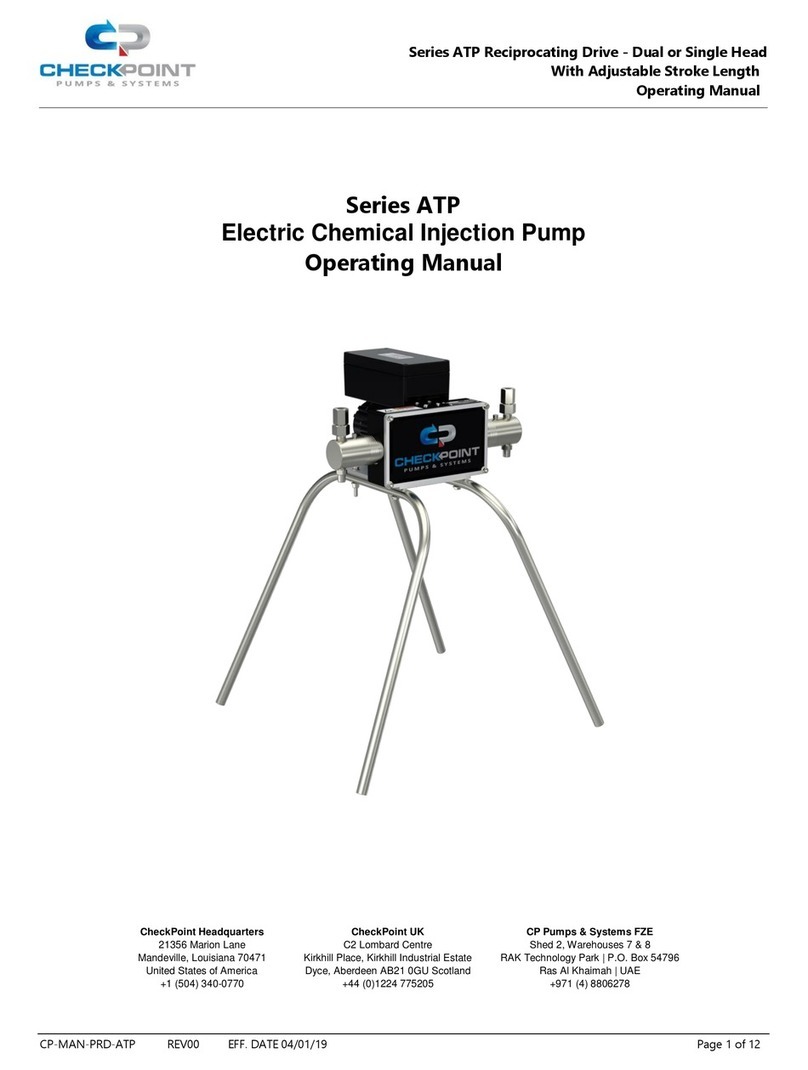
Checkpoint
Checkpoint ATP Series User manual
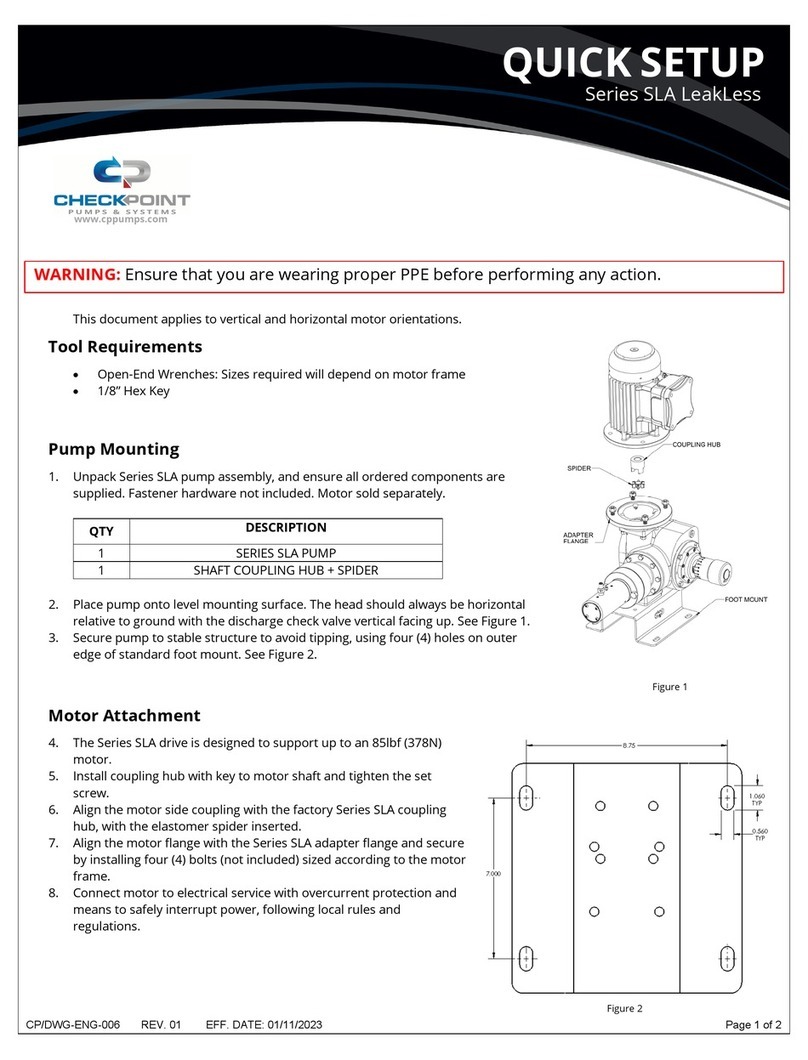
Checkpoint
Checkpoint SLA Series Specification sheet

Checkpoint
Checkpoint SLA Series User manual
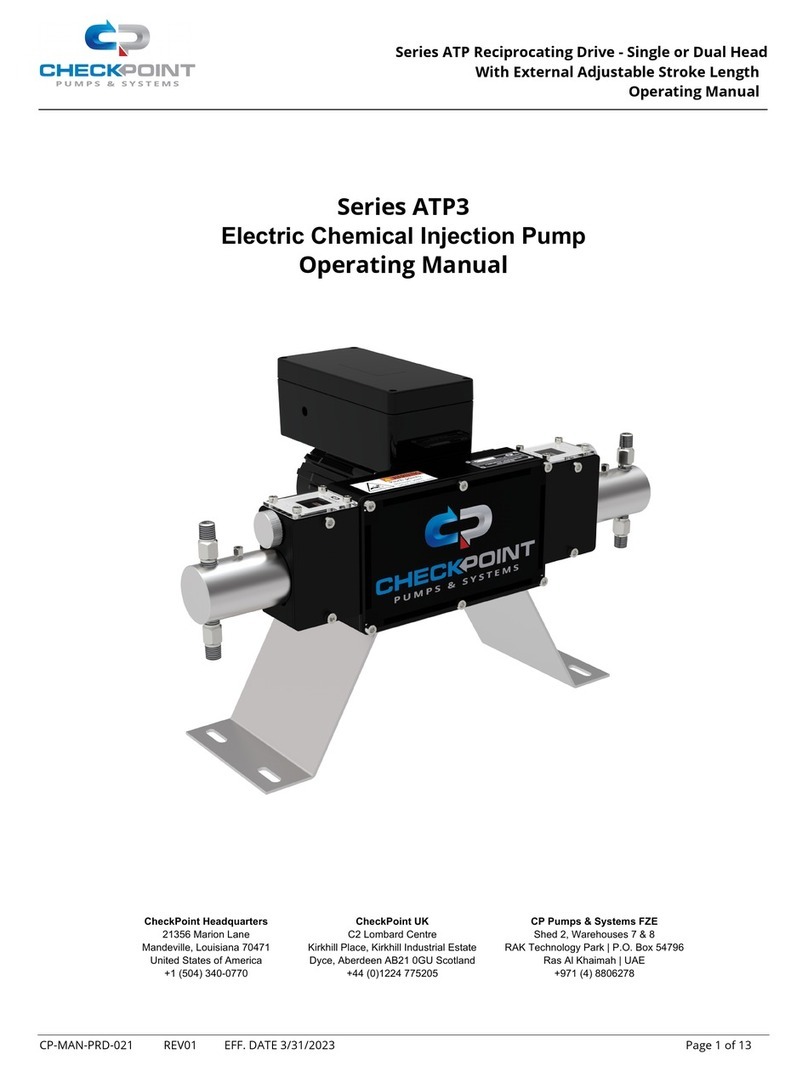
Checkpoint
Checkpoint ATP3 Series User manual
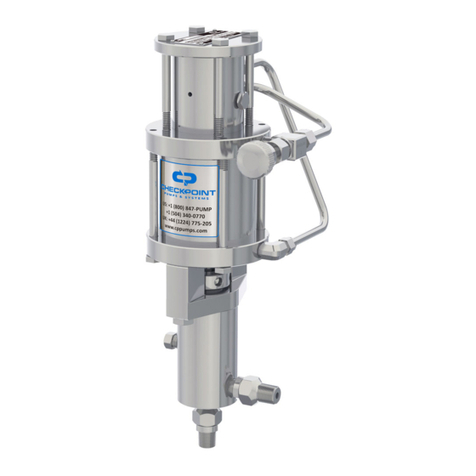
Checkpoint
Checkpoint 1250 Series User manual
Popular Water Pump manuals by other brands

GORMAN-RUPP PUMPS
GORMAN-RUPP PUMPS T3A61S-B Installation, operation and maintenance manual
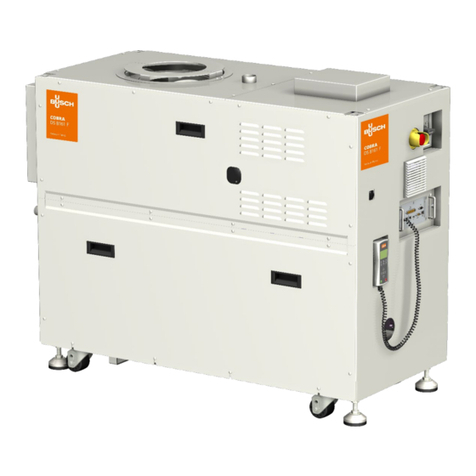
BUSCH
BUSCH COMBI COBRA DS 8161 F instruction manual
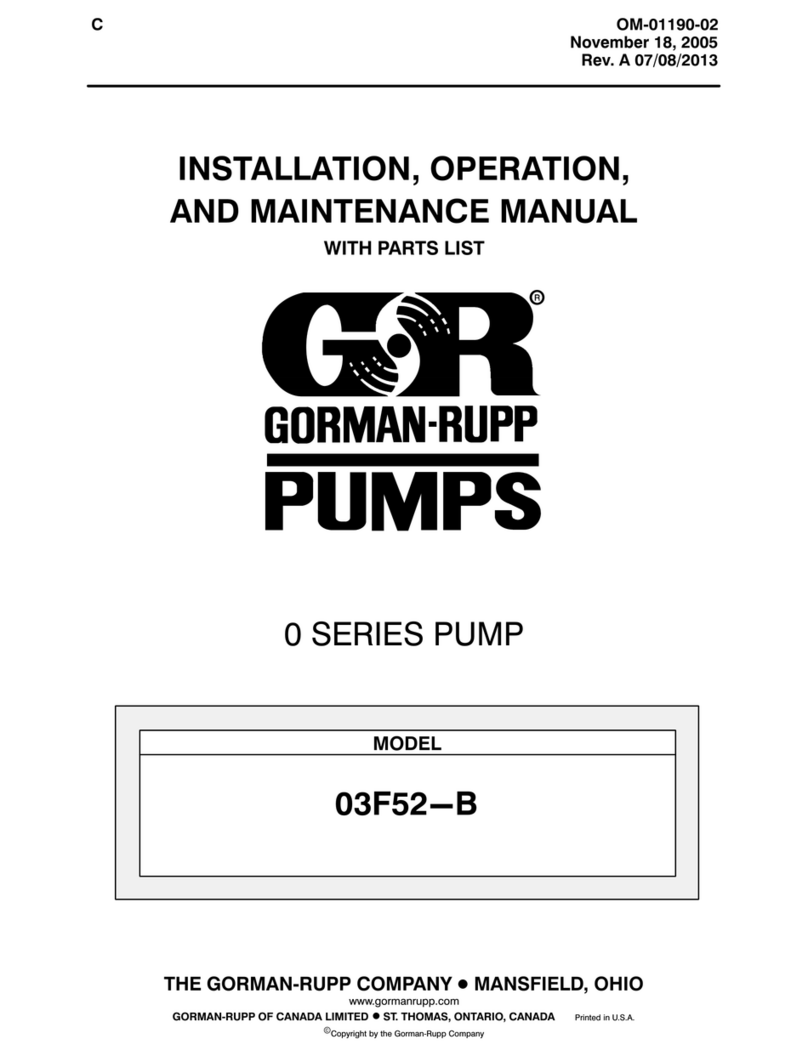
GORMAN-RUPP PUMPS
GORMAN-RUPP PUMPS 03F52-B Installation, operation, and maintenance manual with parts list

Giant
Giant LP200 Operating instructions/ repair and service manual
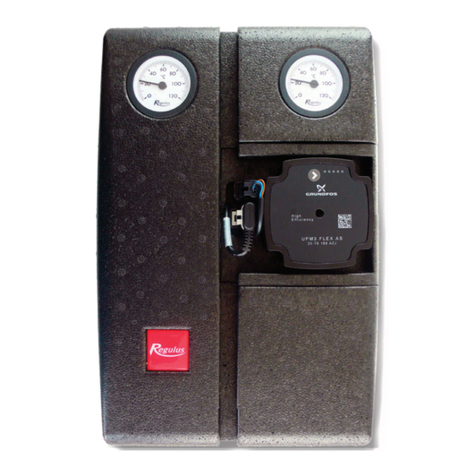
Regulus
Regulus CSE2 F W 1F Installation and operation manual
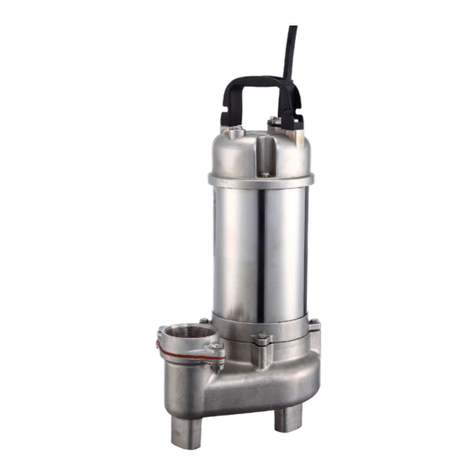
Stancor
Stancor SE Series Installation, operation and maintenance manual

Zoeller
Zoeller ProPak 507 Pre-Installation Checklist

Simplex
Simplex PET SERIES Operating & maintenance instructions

vacuubrand
vacuubrand VACUU-PURE 10C Instructions for use

Grundfos
Grundfos Liftaway B Installation and operating instructions

All-Flo
All-Flo C038 Operation & maintenance manual
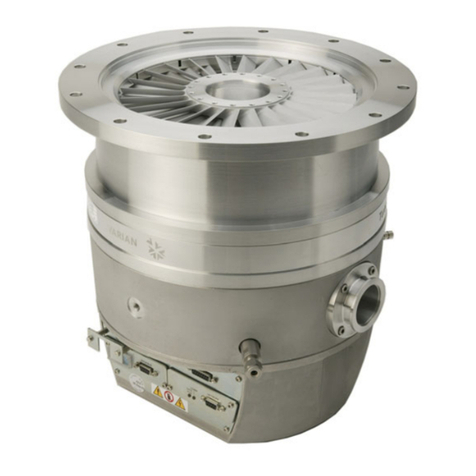
Varian
Varian Turbo-V 2K-G instruction manual
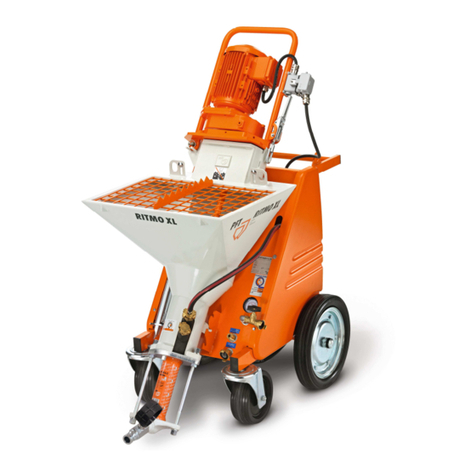
PFT
PFT RITMO XL FU 230 operating instructions
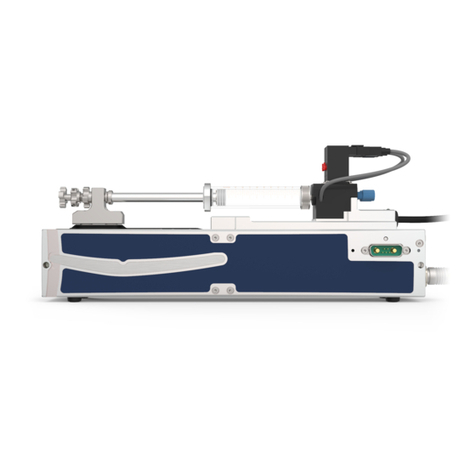
cetoni
cetoni Nemesys S Hardware manual
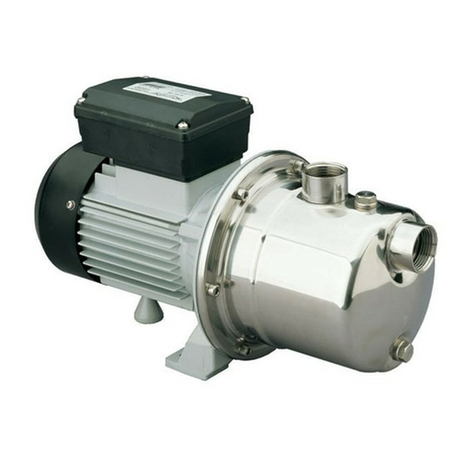
Davey
Davey SJ35-04 Installation & operating instructions
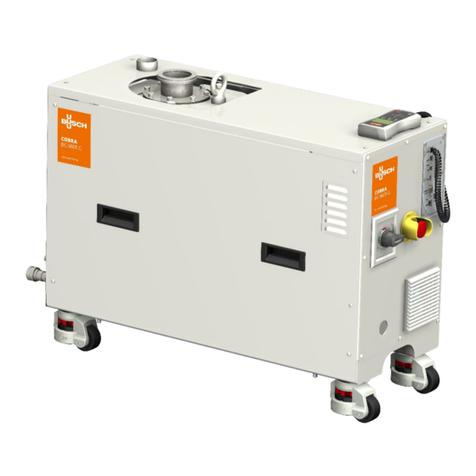
BUSCH
BUSCH COBRA BC 0601 G instruction manual
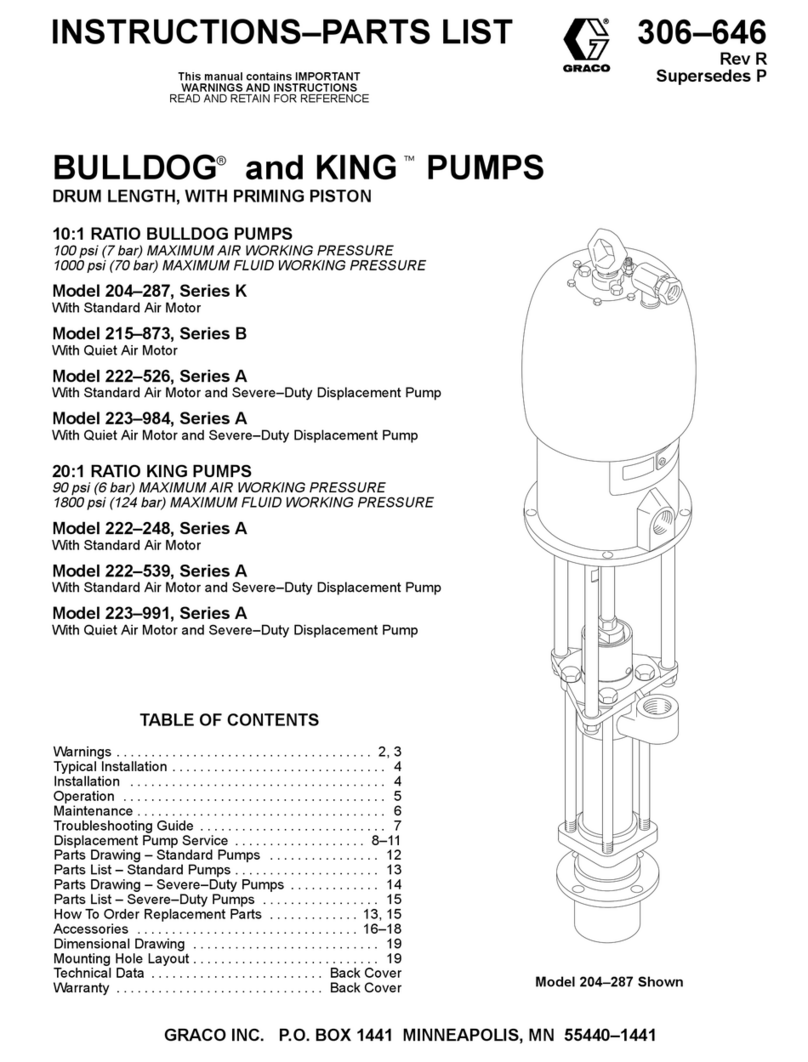
Graco
Graco BULLDOG 204-287, Series K Instructions-parts... instructions
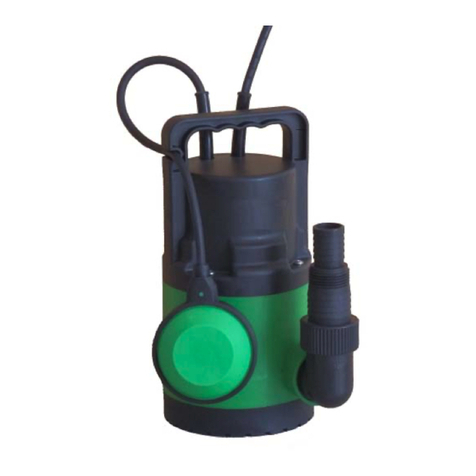
ADEO Services
ADEO Services ZSPQ250-D instruction manual